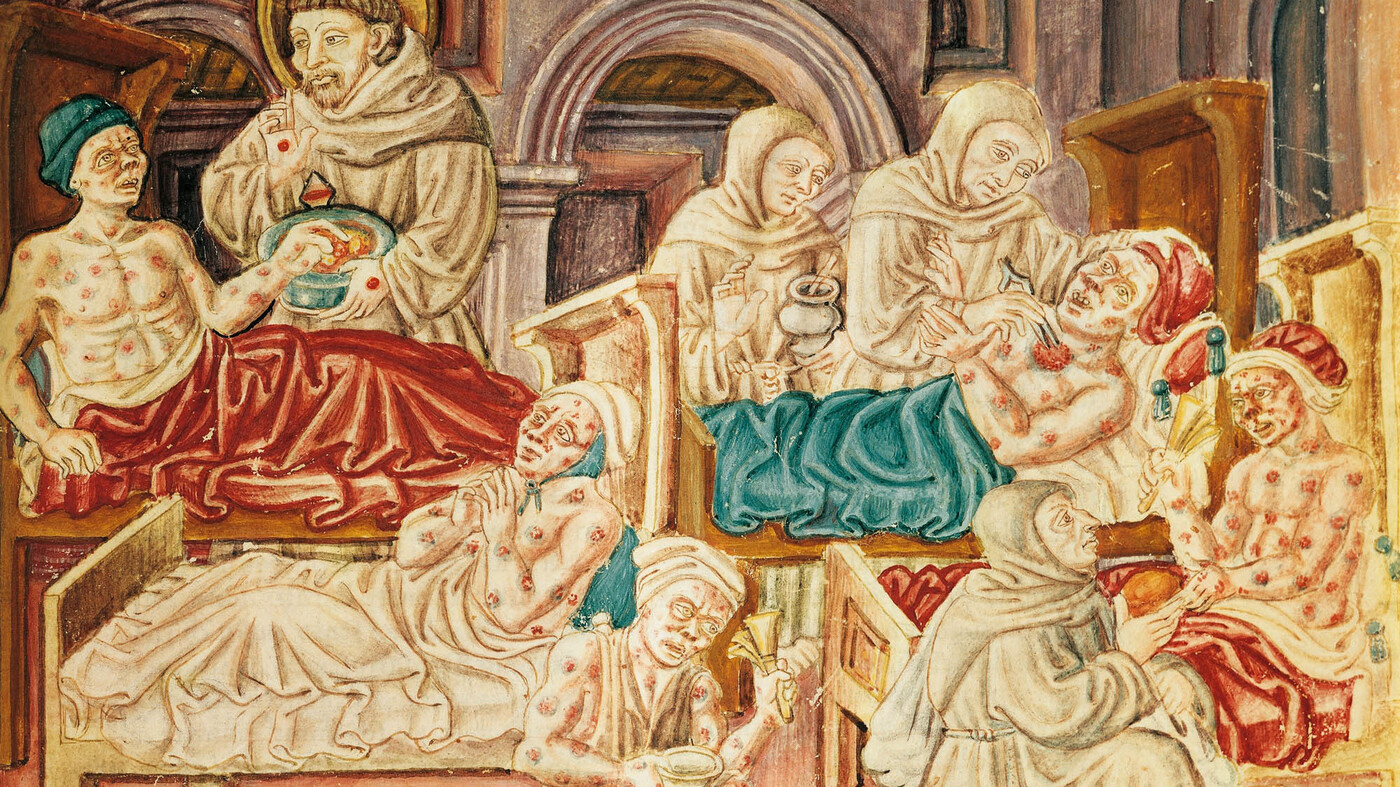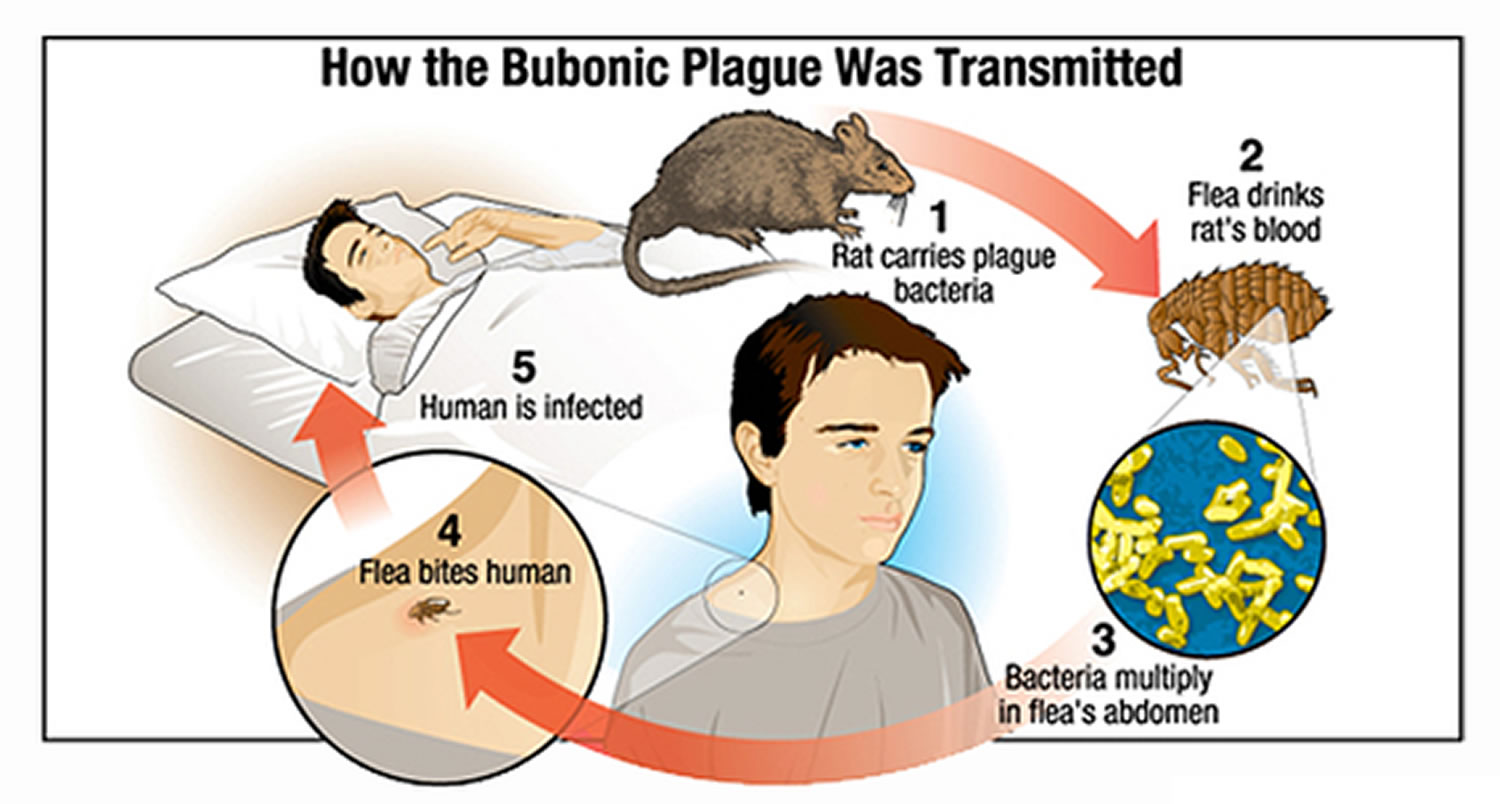History and Overview of Bubonic Plague: Is Bubonic Plague Treatable

Is bubonic plague treatable – The bubonic plague, also known as the Black Death, is one of the most devastating pandemics in human history. It is caused by the bacterium Yersinia pestis and is transmitted to humans through the bite of infected fleas. The plague has been responsible for several pandemics throughout history, the most famous of which was the Black Death that ravaged Europe in the 14th century.
The bubonic plague is characterized by the formation of buboes, which are swollen lymph nodes that can become infected and filled with pus. Other symptoms include fever, chills, headache, and muscle pain. In severe cases, the plague can lead to septicemia, pneumonia, and meningitis.
Origins and Spread
The bubonic plague is believed to have originated in Central Asia, where it was endemic among rodents. The first known pandemic of the plague occurred in the 6th century AD, and it spread to Europe in the 14th century through trade routes. The Black Death killed an estimated 25-50% of the European population, and it had a profound impact on the social, economic, and political landscape of the continent.
Transmission
The bubonic plague is primarily transmitted to humans through the bite of infected fleas. Fleas become infected when they feed on rodents that are carrying the plague bacteria. When an infected flea bites a human, the bacteria can enter the bloodstream and cause infection.
The bubonic plague can also be transmitted through contact with infected animals or their carcasses. Inhaling the bacteria from infected animals or their bodily fluids can also lead to infection.
Impact, Is bubonic plague treatable
The bubonic plague has had a devastating impact on human history. The Black Death alone is estimated to have killed between 75 and 200 million people worldwide. The plague has also caused several other pandemics throughout history, including the Great Plague of London in 1665 and the Hong Kong Plague in 1894.
The bubonic plague has had a profound impact on human society. It has led to the development of quarantine measures and public health systems, and it has influenced the course of wars and empires.
Prevention and Control of Bubonic Plague

The bubonic plague, a deadly disease, can be prevented and controlled through a combination of measures. These include vector control, hygiene and sanitation, and the use of vaccines and antibiotics.
Vector Control
Preventing the spread of bubonic plague requires controlling the rat population and eliminating their fleas. This can be achieved through various methods, such as:
– Rodent proofing buildings to prevent rats from entering.
– Trapping and killing rats.
– Using rodenticides to eliminate rat populations.
– Flea control measures, such as using insecticides and repellents.
Hygiene and Sanitation
Maintaining good hygiene and sanitation practices is crucial in preventing the spread of bubonic plague. These practices include:
– Washing hands frequently with soap and water.
– Avoiding contact with dead or sick animals, especially rodents.
– Wearing protective clothing when handling animals or working in areas where rodents are present.
– Keeping homes and surroundings clean and free of debris that may attract rats.
– Proper disposal of waste and garbage.
Vaccines and Antibiotics
Vaccines and antibiotics play a significant role in preventing and treating bubonic plague.
– Vaccines: The plague vaccine is recommended for people at high risk of exposure to the disease, such as laboratory workers, healthcare professionals, and travelers to endemic areas.
– Antibiotics: Antibiotics are effective in treating bubonic plague if administered early. Common antibiotics used include streptomycin, tetracycline, and gentamicin.
Bubonic plague, a disease that has ravaged humanity for centuries, remains treatable with antibiotics. Its symptoms, including fever, chills, and swollen lymph nodes, can be managed with proper medical care. However, while we’ve made progress in combating this ancient scourge, the ongoing battle against infectious diseases continues.
Just as D.C. United faces off against Orlando City on the soccer field, the fight against bubonic plague requires determination and vigilance.
Bubonic plague, once a feared killer, is now treatable with antibiotics. Yet, in the annals of history, its horrors linger, reminding us of the fragility of life. As we delve into the intricacies of this ancient disease, our minds wander to the fierce rivalry between Colombia and Panama, two nations entwined in a perpetual dance of victory and defeat.
And as the dust settles on the latest clash colombia vs panama , we return to the sobering reality of the bubonic plague, a testament to the indomitable spirit that persists amidst adversity.
